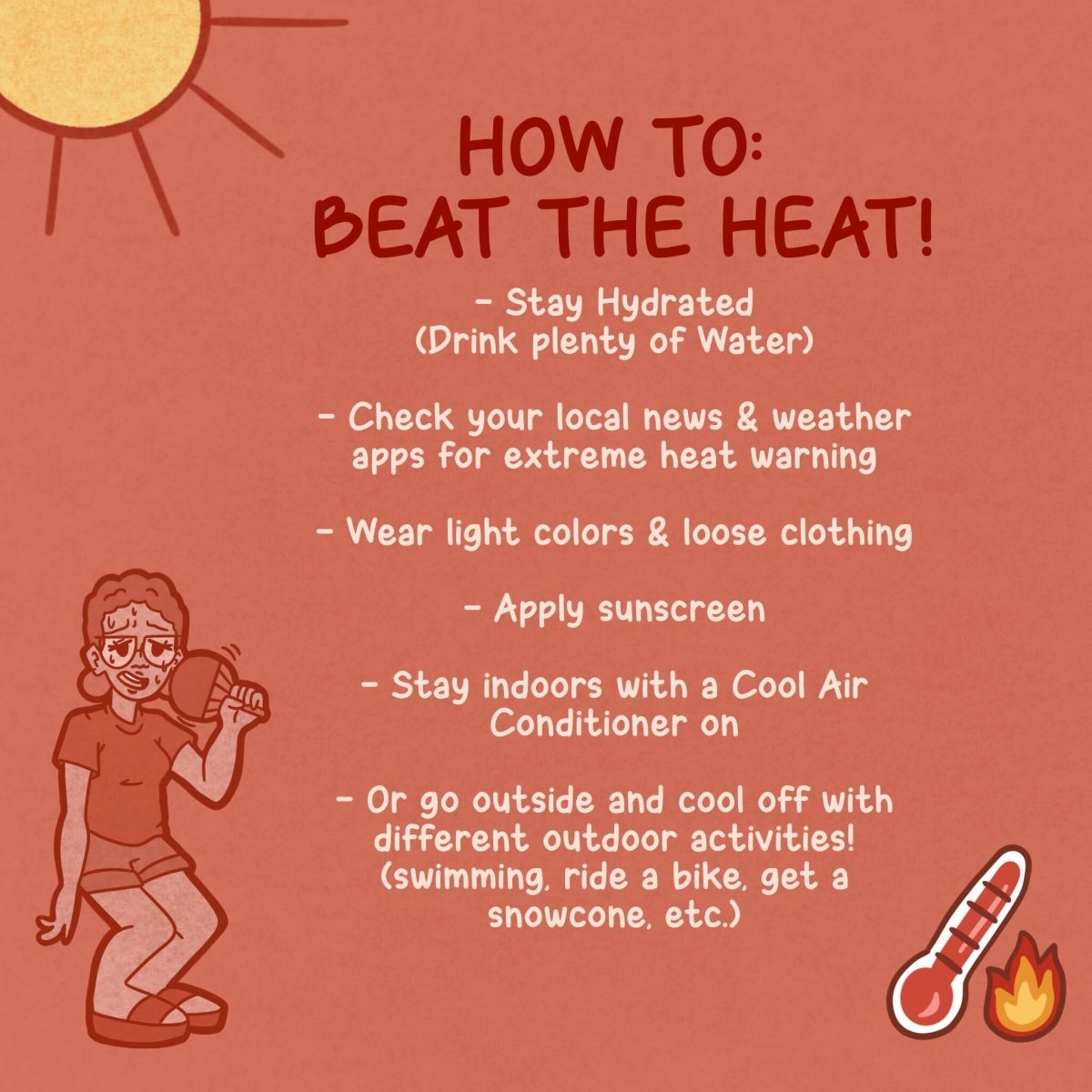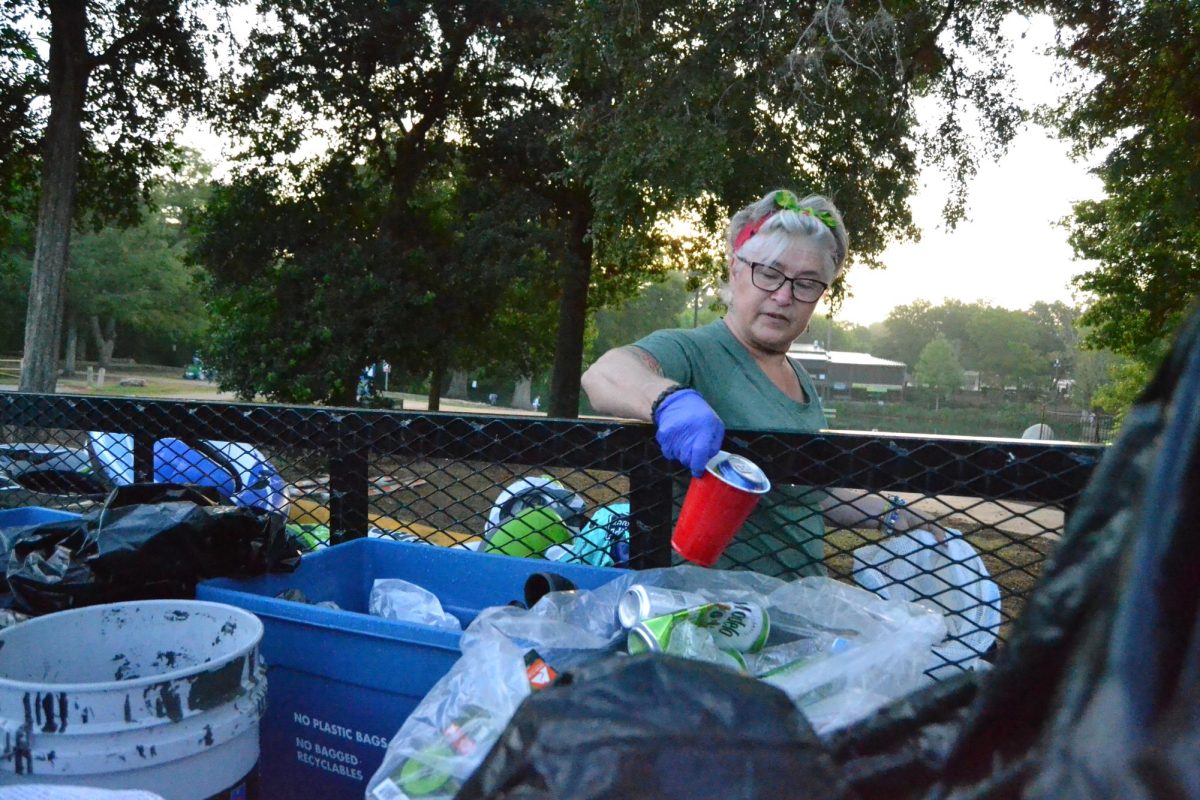In the summertime, San Marcos has an increase of people outdoors during the day.
From sporting activities to live events, there’s always a way for both residents and visitors to spend their time in the city. However, this comes with the risk of being exposed to high temperatures, especially during summer’s later months.
Kevin Miller, athletic training professor for the Department of Health and Human Performance at Texas State, researches exertional heat strokes (EHS).
EHS is when a person’s core body temperature surpasses their ability to dissipate heat during exercise in hot weather. This is different from exertional heat exhaustion, where the body has not gone over 104 degrees fahrenheit.
“Texas has the most heat-related deaths in the United States,” Miller said. “This is an area that really struggles with high environmental temperatures and humidity and could really benefit from some research on the topic.”
Miller has treated someone experiencing EHS at the 50th annual Falmouth Road Race in Massachusetts last August, a seven-mile point-to-point race with over 10,000 runners. Miller joined an interdisciplinary medical team to provide aid and perform research. The team confirmed over 30 participants’ body core temperatures over 105 degrees fahrenheit.
“Falmouth Road Race can be completed anywhere between about 45 minutes to an hour and a half,” Miller said. “Because people are running faster, they’re burning more energy and because they burn more energy, they create more heat.”
The medical team took the identified runners’ body core temperatures rectally, then treated them to 50 gallons of cold-water immersion tubs until their temperatures were back to normal. Most of the runners went home the same day, none of them with negative aftereffects.
Rectal thermometers are the most accurate way to check someone’s body temperature. Checking other body parts, such as the mouth or armpit can underestimate a hyperventilating person’s actual internal body temperature.
“Somebody with exertional heatstroke might have a body temperature rectally of 108, but if you were to take their temperature with oral temperature, they might show you a temperature of 100,” Miller said. “If a clinician, like an athletic trainer, were to see that, they would then treat you very differently in order to lower your body temperature than if they saw that you had a dangerously life-threateningly high body temperature.”
Ice packs to cool the body have proven ineffective, but they can be used while preparing a large body of water. Miller recommends putting their bodies in as much cold water as possible and keeping their heads above water. This can be done with a nearby river, kiddie pool or garbage can.
EHS can be very survivable if treated with precaution. Still, due to slow or improper treatment, those chances decrease over time depending on how long the body stays at or above 104 degrees. If any longer than 30 minutes after a person’s collapse from EHS, cells start to break down. The person will experience liver and kidney damage before cardiac arrest.
Dr. John Tully, system emergency department medical director of Baptist Health System in San Antonio and New Braunfels, treats five to six patients a week with a heat-related illness.
He suggests to avoid EHS, stay hydrated enough while outside.
“Normally, people recommended that for a normal male, about a gallon a day of water is what is recommended by the CDC and for females, about three quarts,” Tully said. “[If] you’re having to work or be outside for a long period, the CDC recommends having eight ounces of water every 15 minutes or about quarter an hour while you’re exposed to heat.”
To learn what else the CDC recommends to avoid heat strokes and heat exhaustion, go to www.cdc.gov/orr/infographics/ast-heat.htm.
Exertional heat strokes: Its signs, effects, recovery and avoidance
July 12, 2023
Donate to The University Star
Your donation will support the student journalists of Texas State University. Your contribution will allow us to purchase equipment and cover our annual website hosting costs.



















